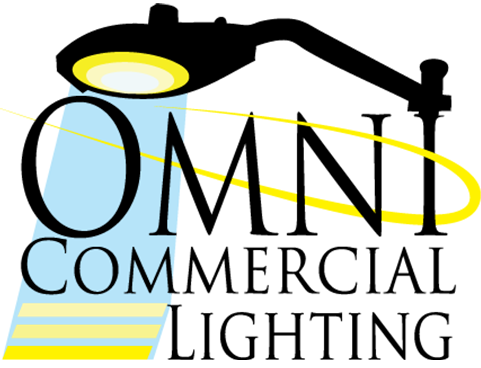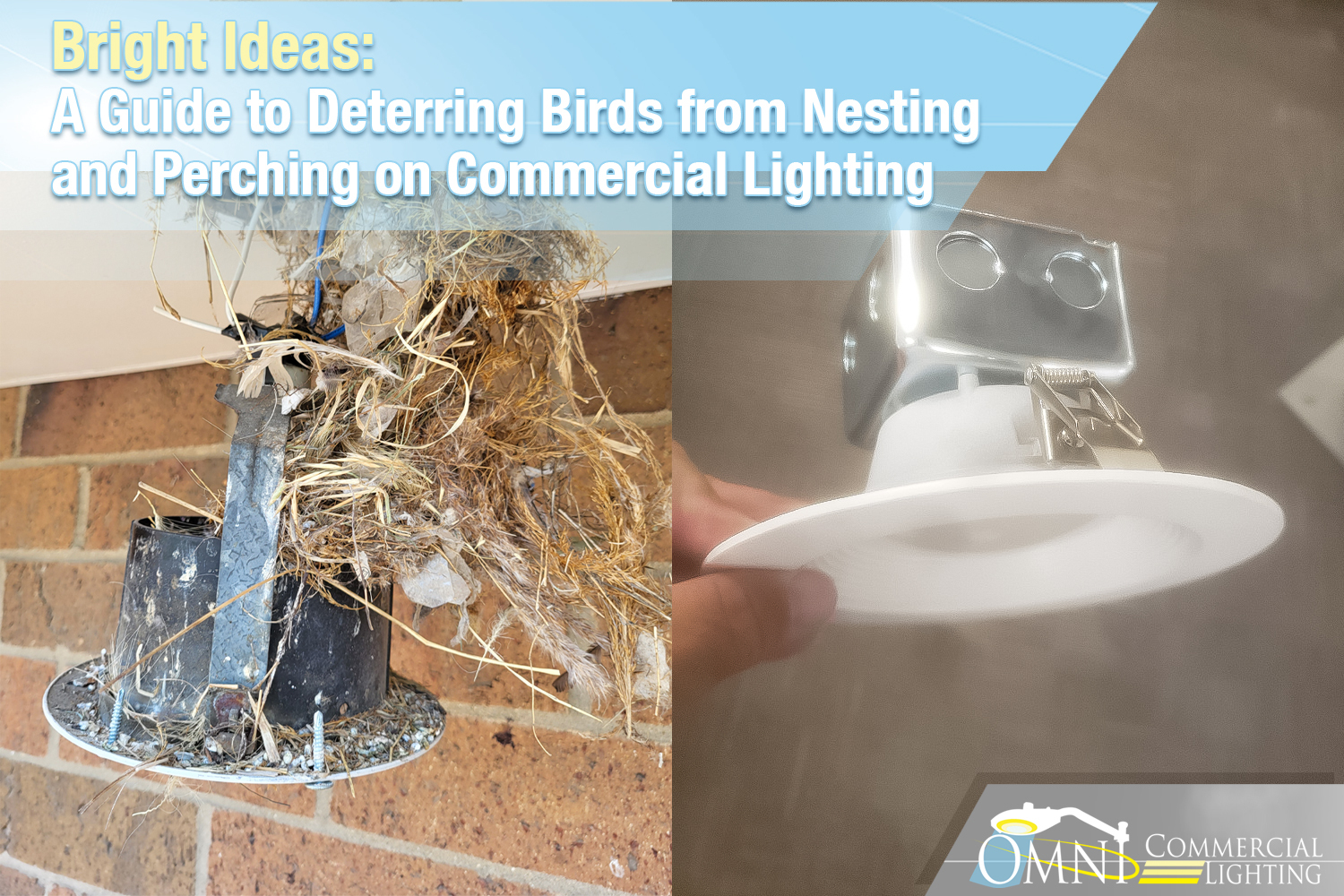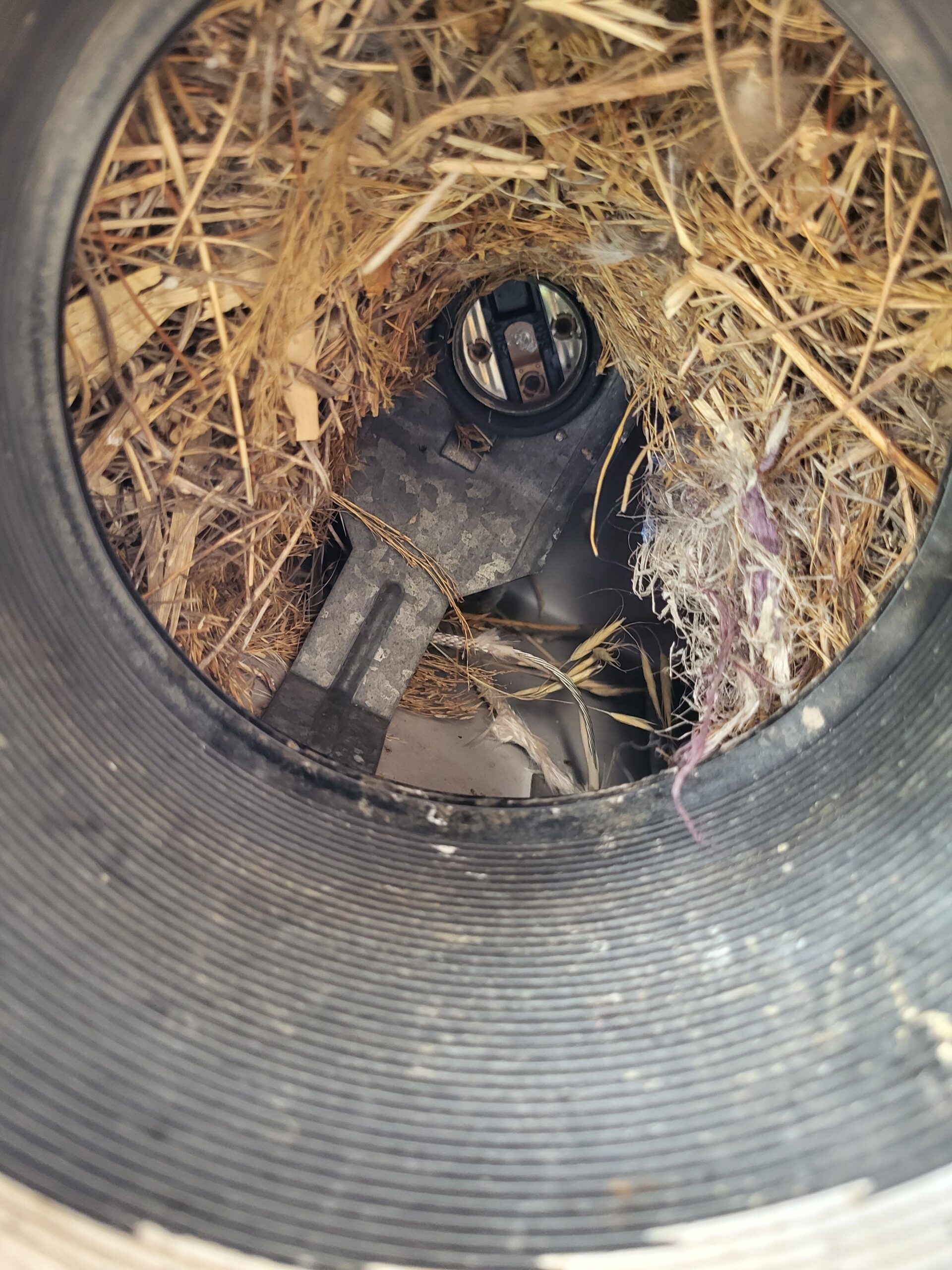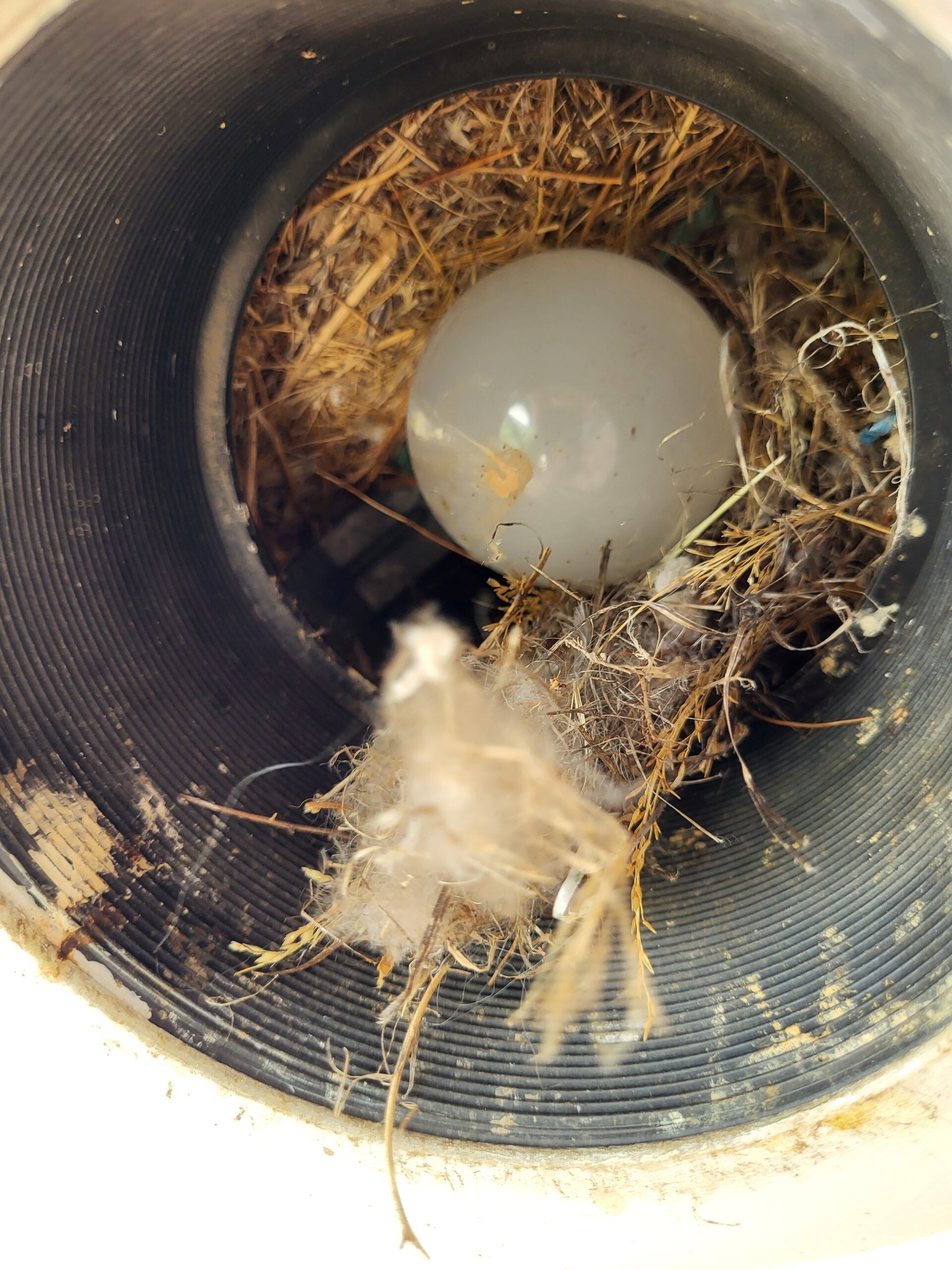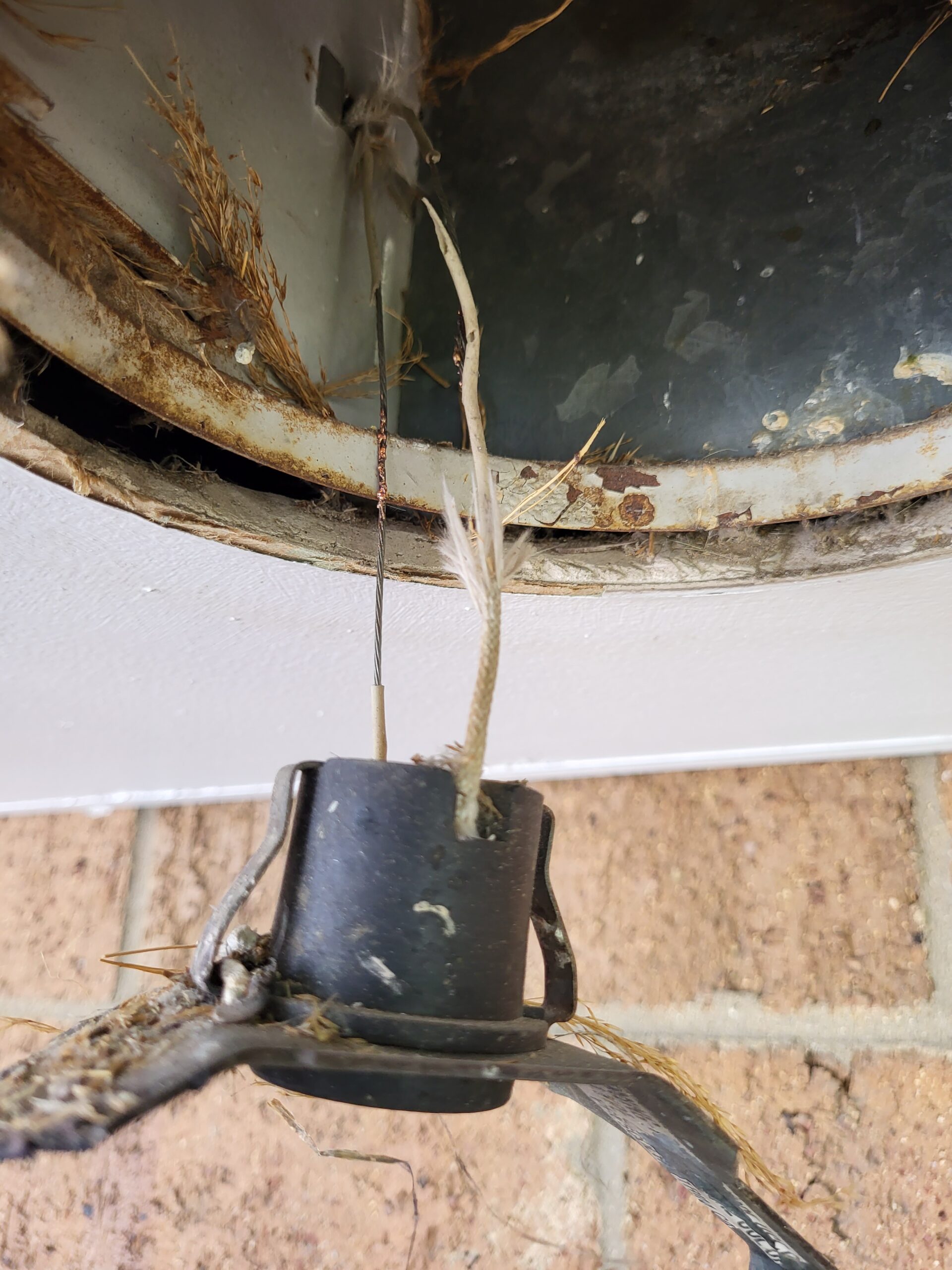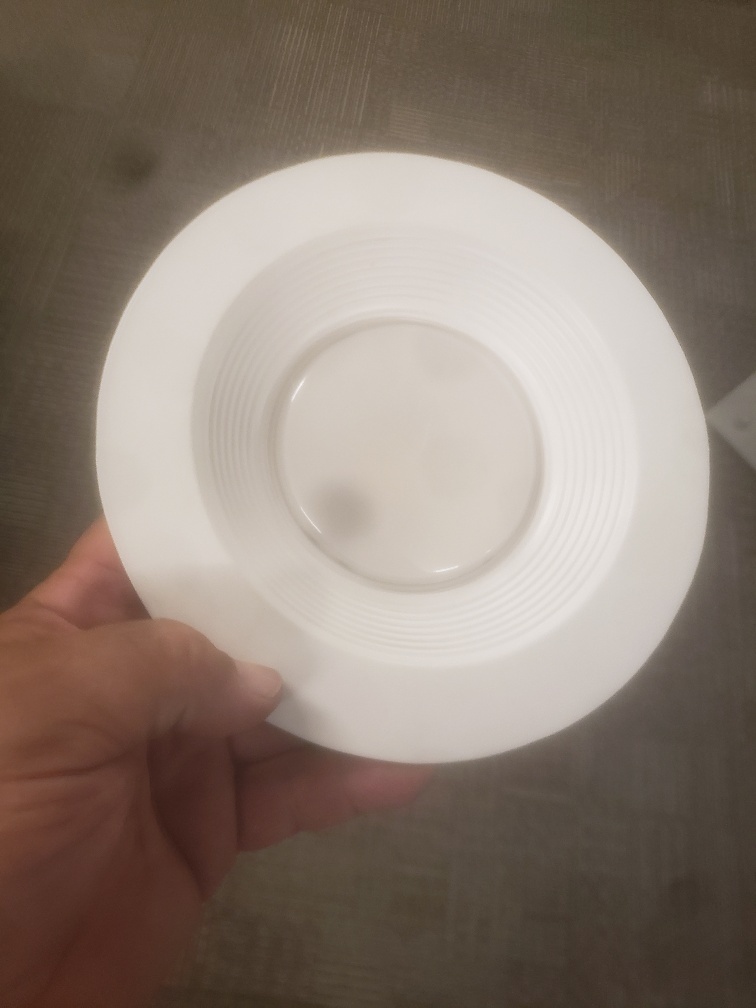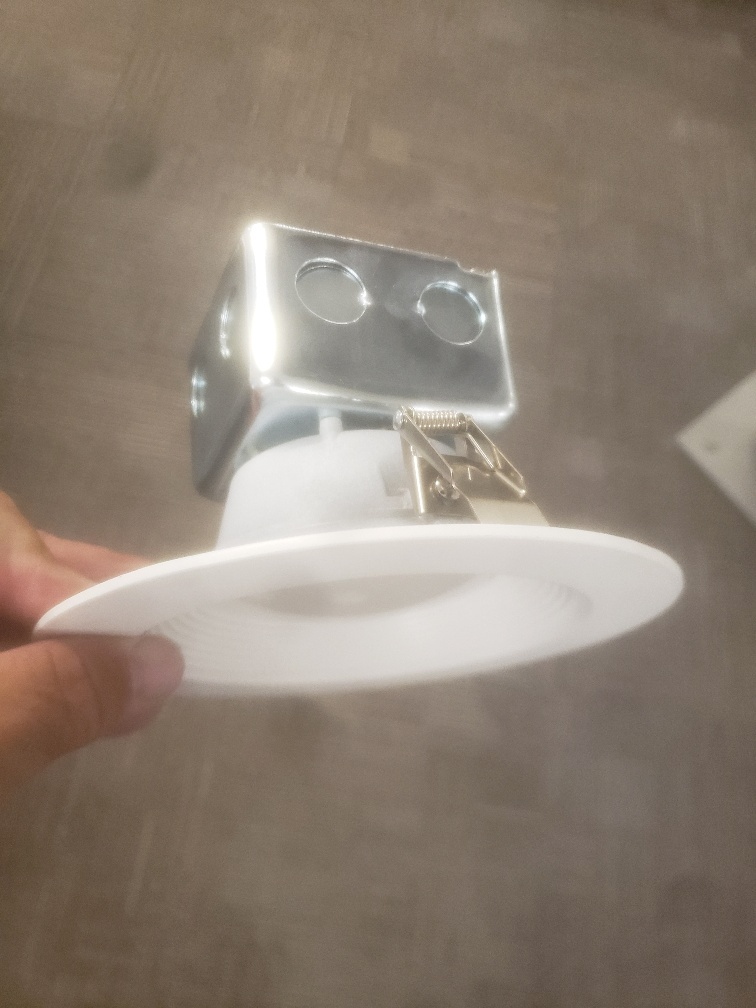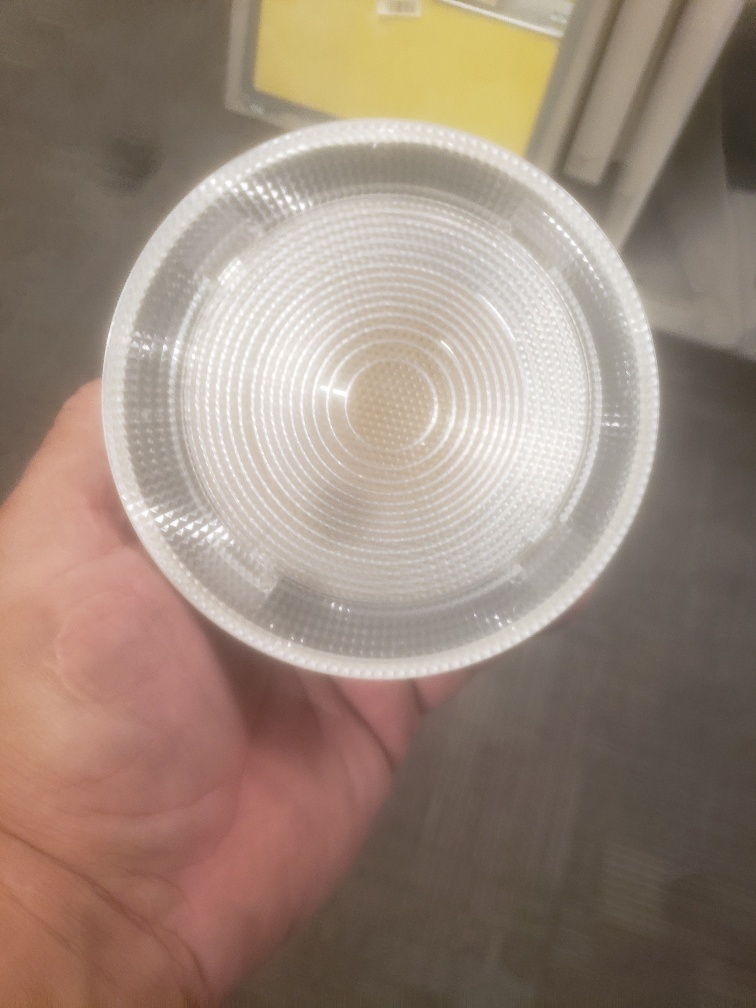Omni Commercial Lighting caters to the lighting needs of retail, commercial, and diverse industrial facilities, offering solutions for both interior and exterior spaces. During a recent service call, our team addressed a malfunctioning outdoor night light at a client’s location. Despite the recent installation of new LEDs, issues were observed with interior lighting fixtures and emergency lighting.
Upon inspection, our technicians identified a tripped circuit breaker that had disrupted the operation of wall packs and canopy lights. The root cause was traced to multiple birds nesting in the Southwest corner of the canopy fixtures, causing damage to the wires and resulting in a short circuit. Our team promptly removed the nests, repaired the damaged wires, and successfully restored the lighting.
Preventing birds from nesting in these fixtures is crucial for various reasons. Here are images depicting the nests and the damaged wires.
The final four pictures showcase two potential solutions to address this issue.
The first option involves installing a retrofit LED can light into the existing fixture, eliminating any entry points for birds. The second option proposes the use of an LED flood lamp to occupy the space, aiming to deter birds from accessing the fixture.
Our team was able to identify and resolve the issue with birds nesting in the outdoor lighting fixtures. Retrofitting outdoor lights can indeed be an effective and humane way to deter birds from causing disruptions. The options mentioned, such as installing retrofit LED can lights or using LED flood lamps, are practical solutions.
Here are some additional considerations and suggestions for implementing these retrofitting options:
- LED Can Lights:
- Choose a retrofit LED can light that is specifically designed to be bird-resistant. Some products come with built-in features to prevent birds from nesting or perching.
- Ensure that the retrofit solution is compatible with the existing fixtures and wiring. Professional installation may be necessary for seamless integration.
- LED Flood Lamps:
- Select LED flood lamps with a focused beam to effectively illuminate the area while minimizing light spillage and attracting fewer insects, which can also be a draw for birds.
- Consider using motion sensors or timers in conjunction with LED flood lamps to control when the lights are active, further discouraging birds during their peak activity times.
- Maintenance Routine:
- Implement a regular maintenance routine to inspect and clean the fixtures. This can help prevent future bird nesting issues and ensure the longevity of the retrofit solutions.
- Periodically check for any signs of wear and tear or damage to the retrofit components.
- Compliance with Regulations:
- Ensure that any retrofitting measures comply with local regulations and safety standards. This includes electrical codes and any environmental considerations related to bird protection.
- Communication with Clients:
- Communicate with clients about the benefits of retrofitting for bird deterrence and explain the chosen solutions. Providing information on the potential harm caused to birds and the importance of responsible practices can raise awareness.
- Adaptability:
- Choose retrofit solutions that are adaptable to different types of fixtures and locations. This can be especially important when dealing with a variety of outdoor lighting setups in retail, commercial, and industrial facilities.
- Testing and Monitoring:
- Test the effectiveness of the retrofit solutions and monitor the area for any signs of bird activity. Adjustments may be needed based on the specific behaviors of local bird populations.
By incorporating these considerations, your team can enhance the success of the retrofitting measures and contribute to a more bird-friendly environment while maintaining effective lighting for your clients’ needs.
